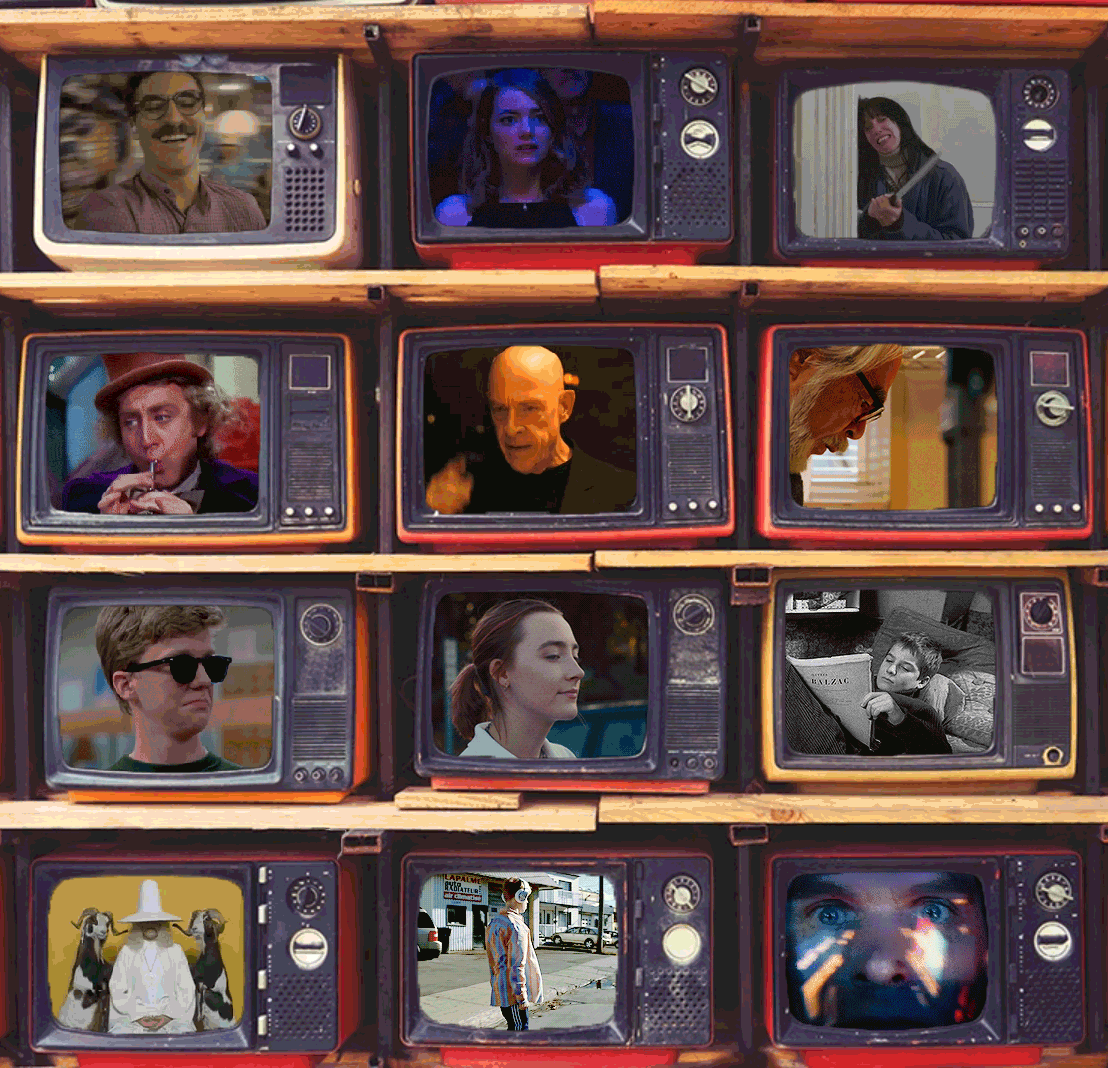New Media in Art: 58-81 Response
This section touches upon media performance as it related to different schools of thought in the latter half of the 20th Century. One such example is that of the disruption of the 1968 Miss America beauty pageant. Through this street theater, feminist ideology of the time was able to manifest in performance. This was only one of the many liberation movements that would go on to utilize media performance and street theater as a way to draw from a theory and promote it in some way.
What really interested me in this section was the theory of the Situationist International, who where an organization of avant-garde artists and intellectuals. They subscribed to the idea that theory should be the main idea with which artists draw from for their aesthetic actions. Furthermore, they were critics of work that saw itself as detached from politics and the social climate. This theory concerning self-governing art makes me think about the value of art in relation to its subject matter and narrative. If a work of art is not in some way a product of its social climate, what value does it have outside of aesthetics? If an artist is not concerned with any theory, is there work ultimately going to end up being shallow? I think there is merit to this idea that great art always has an intentional theory behind it, but on the other hand I also think theory and political ideology has a way of subconsciously manifesting in our work in ways that we did not intend it to.
Rush, Michael. New Media in Art. 2nd ed., New York, Thames & Hudson Inc., 2005.
What really interested me in this section was the theory of the Situationist International, who where an organization of avant-garde artists and intellectuals. They subscribed to the idea that theory should be the main idea with which artists draw from for their aesthetic actions. Furthermore, they were critics of work that saw itself as detached from politics and the social climate. This theory concerning self-governing art makes me think about the value of art in relation to its subject matter and narrative. If a work of art is not in some way a product of its social climate, what value does it have outside of aesthetics? If an artist is not concerned with any theory, is there work ultimately going to end up being shallow? I think there is merit to this idea that great art always has an intentional theory behind it, but on the other hand I also think theory and political ideology has a way of subconsciously manifesting in our work in ways that we did not intend it to.
Rush, Michael. New Media in Art. 2nd ed., New York, Thames & Hudson Inc., 2005.

That's an interesting question about art being detached from the social climate. I think that maybe just because the art isn't informed or created by politics or the social climate doesn't mean it can't make a statement about those things. Great post!
ReplyDelete